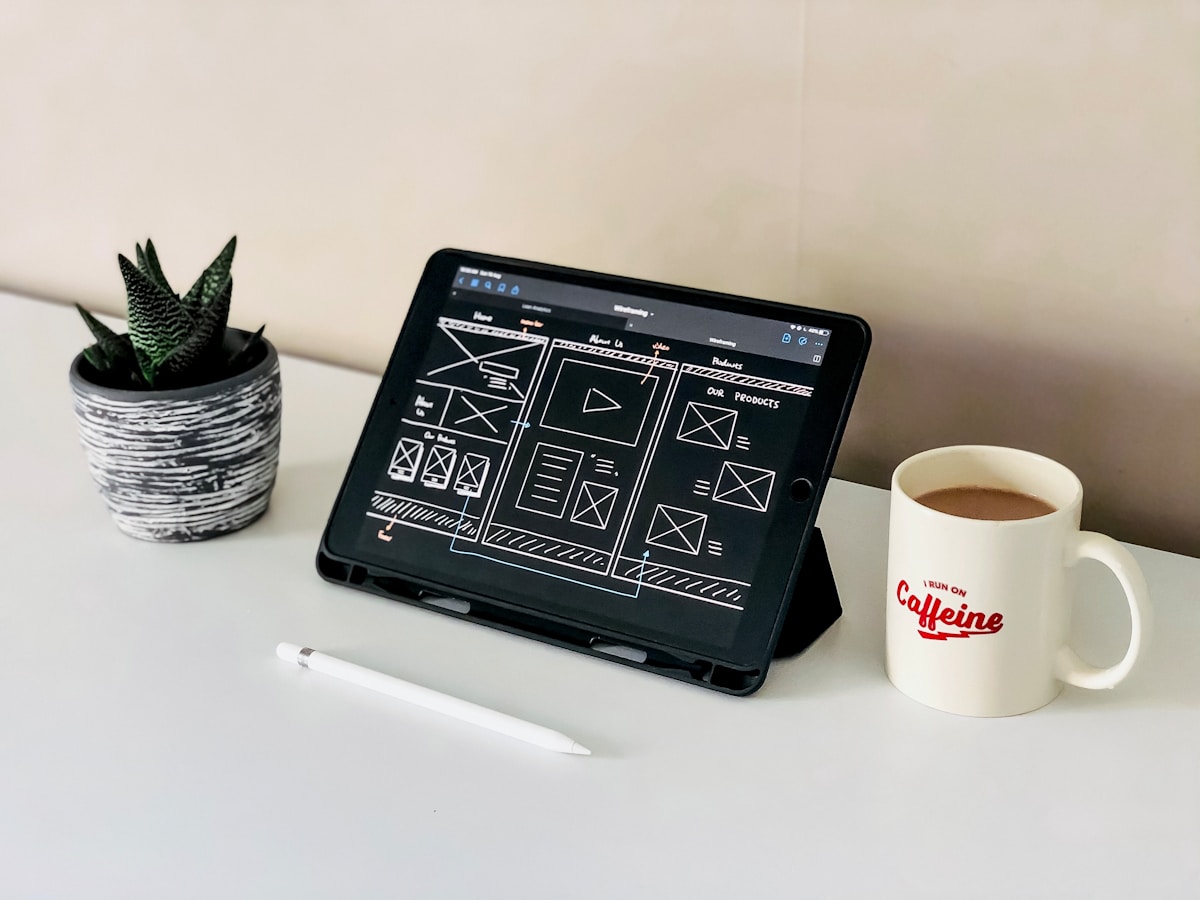Introduction
As the internet continues to expand and evolve, website design has become increasingly complex. From user experience (UX) design to web accessibility and responsive design, there are many considerations to make when designing a website. In this article, we will explore 10 detailed ways to design a website with UX, web accessibility and responsive design in mind.

User Experience (UX)
User Experience (UX) is the process of creating a website that is easy for users to use and interact with. This includes features such as navigation, search, and content. UX is an important part of website design because it allows users to find the information they are looking for quickly and easily. UX should always be considered when designing a website, as it can make or break the user experience.
Web Accessibility
Web Accessibility is the practice of making a website accessible to all users, regardless of any physical or technical limitations they may have. This includes making sure that the website is usable for users with disabilities, such as those who are blind or have limited vision. By making a website more accessible, it can be used by more people and increase the potential for success.
Responsive Design
Responsive Design is the practice of creating a website that is optimized for different devices and screen sizes. This includes making sure that the website looks good and functions properly on both desktop and mobile devices. Responsive design is important because it allows users to access a website from any device, regardless of size or platform.

1. Establish Clear User Goals
When designing a website, it is important to think about the user goals. What do users want to accomplish when they visit the website? What type of content do they need? It is important to understand these goals in order to develop a website that meets the user’s needs.
2. Create an Intuitive Navigation System
An intuitive navigation system is essential to ensure users can easily find the content they are looking for. It should be easy to determine where to click to find the desired information.
3. Provide Easy Access to Search
Having a search bar on the website is helpful for users who have specific content they are looking for. Making the search bar easily accessible and providing search suggestions can help users quickly find the content they are looking for.
4. Make Content Readable
The content on the website should be easy to read and understand. This includes using headings, short paragraphs, and bullet points when necessary. It is also important to make sure the font size is large enough to be legible.

5. Optimize for Mobile Devices
More and more people are using mobile devices to access the internet. It is important to optimize the website for mobile devices in order to ensure a good user experience. This includes making sure the website is responsive and that the content is easily readable on smaller screens.
6. Use Appropriate Color Schemes
The colors used on the website should be used to enhance the user experience. Using too many colors can be distracting, so it is important to choose a simple color scheme that is easy to look at.
7. Add Visual Hierarchy
Adding visual hierarchy to the website can help users quickly identify important content. This includes using different sizes or colors for headings and other important elements.
8. Incorporate Accessibility
Web accessibility is becoming increasingly important. This includes making sure the website is accessible to users with disabilities. This includes providing alternative text for images, using high-contrast colors, and making sure the website is keyboard-navigable.
9. Use Load Testing
Load testing is important to make sure the website’s performance remains consistent even when there is a large amount of traffic. This can help ensure the user experience is not affected by sudden spikes in traffic.

10. Monitor Performance
Monitoring the website’s performance is important to ensure it is running smoothly. This includes monitoring page load times, uptime, and other performance metrics.
Outro
Designing a website with user experience, web accessibility, and responsive design in mind can help ensure a good user experience. By following the 10 steps outlined in this article, website designers can create a website that is optimized for all users.
